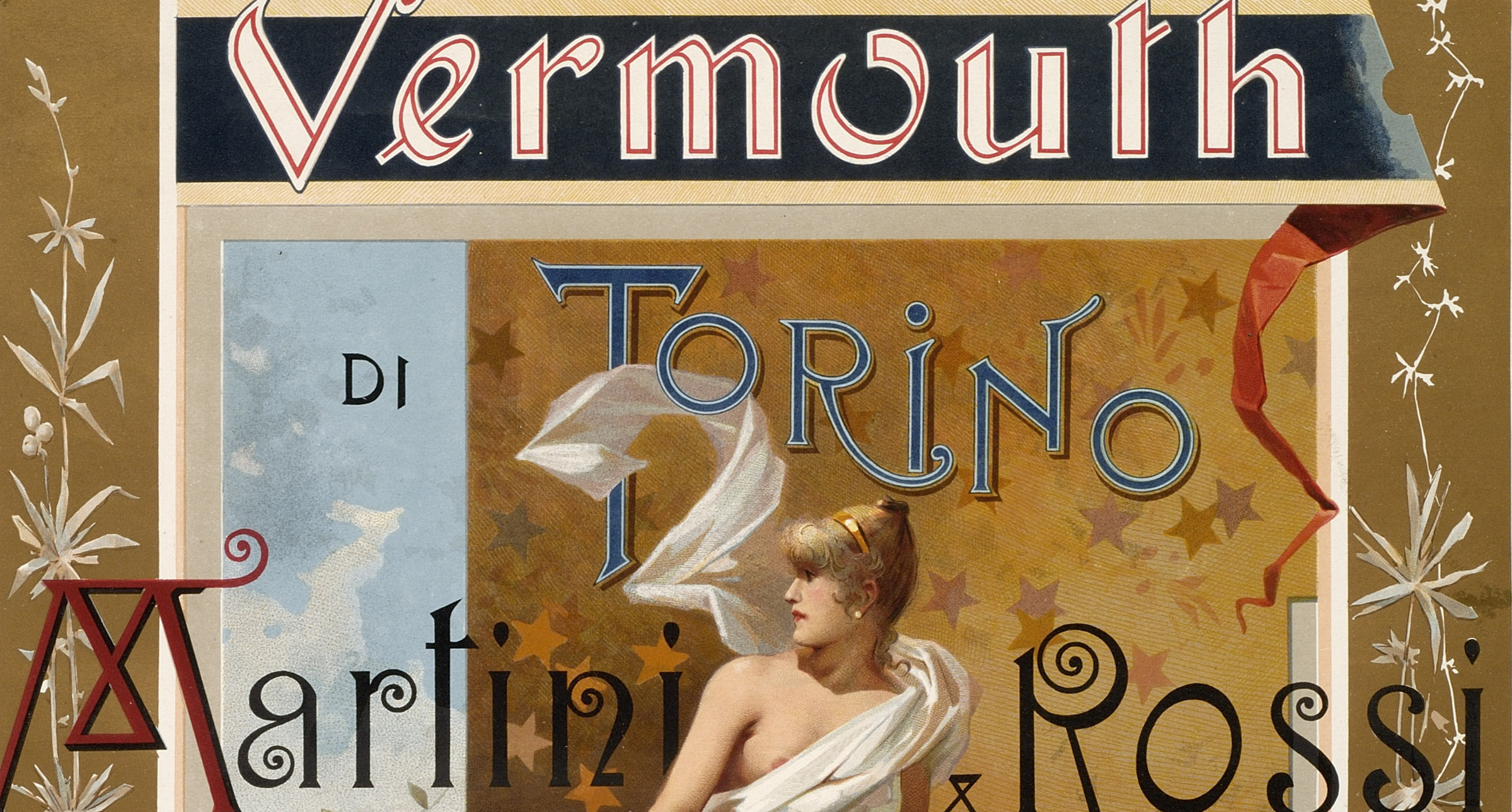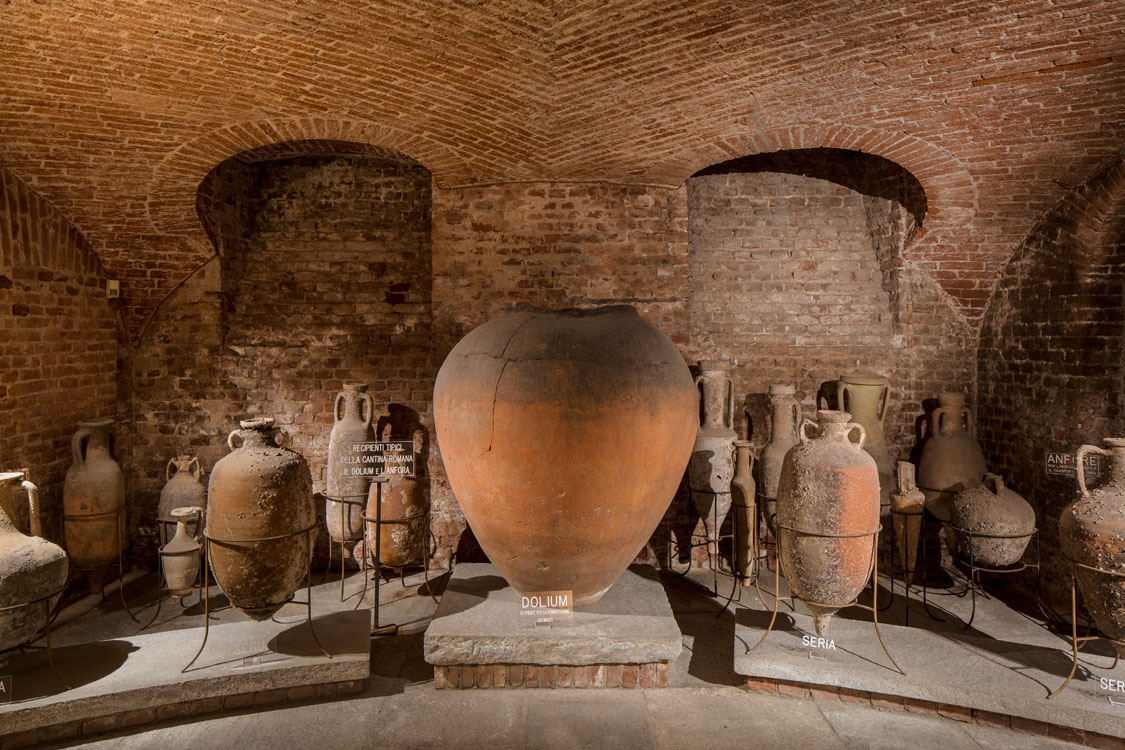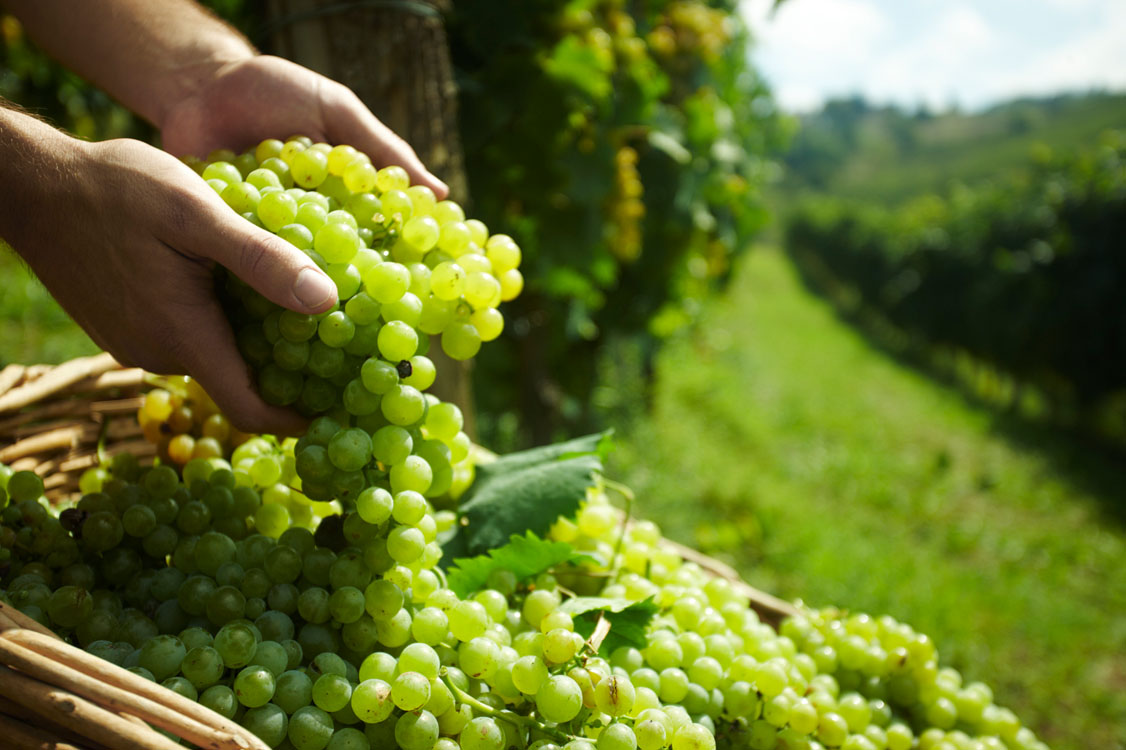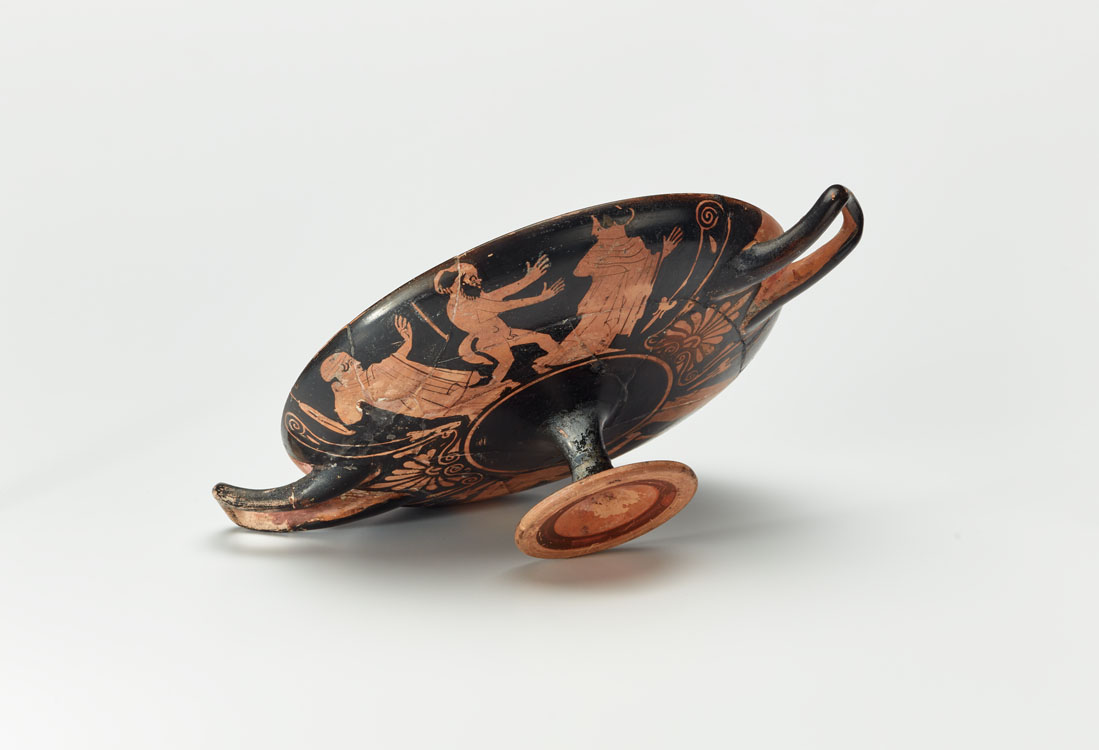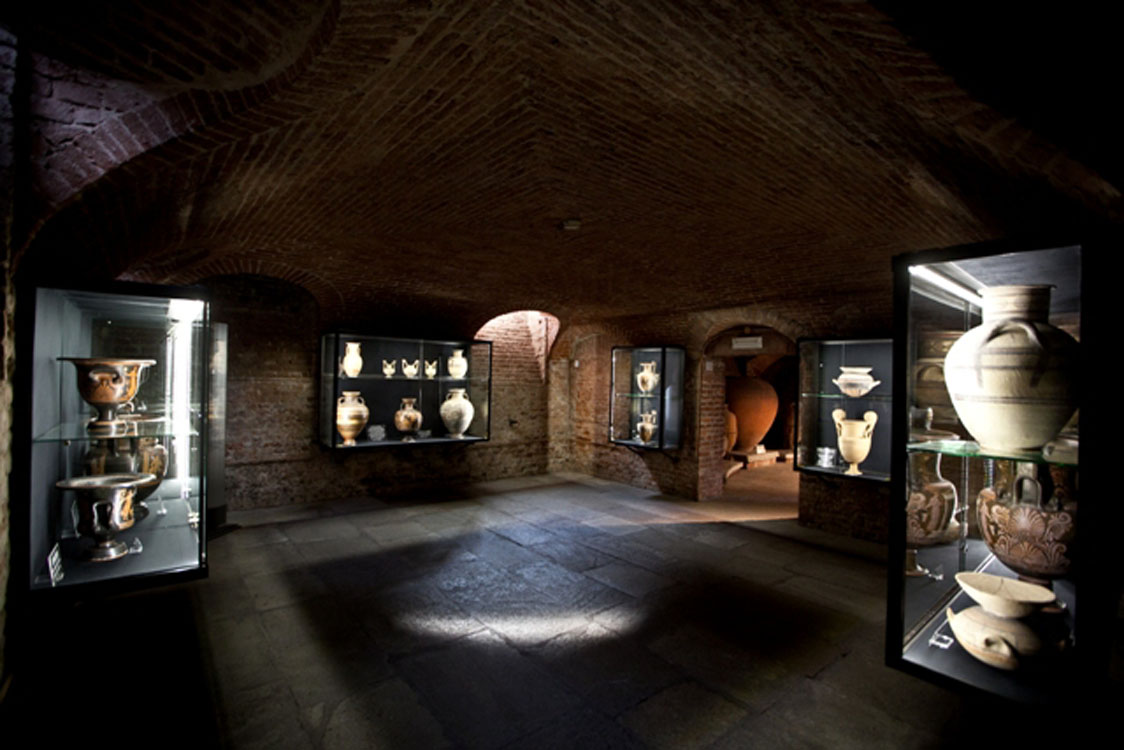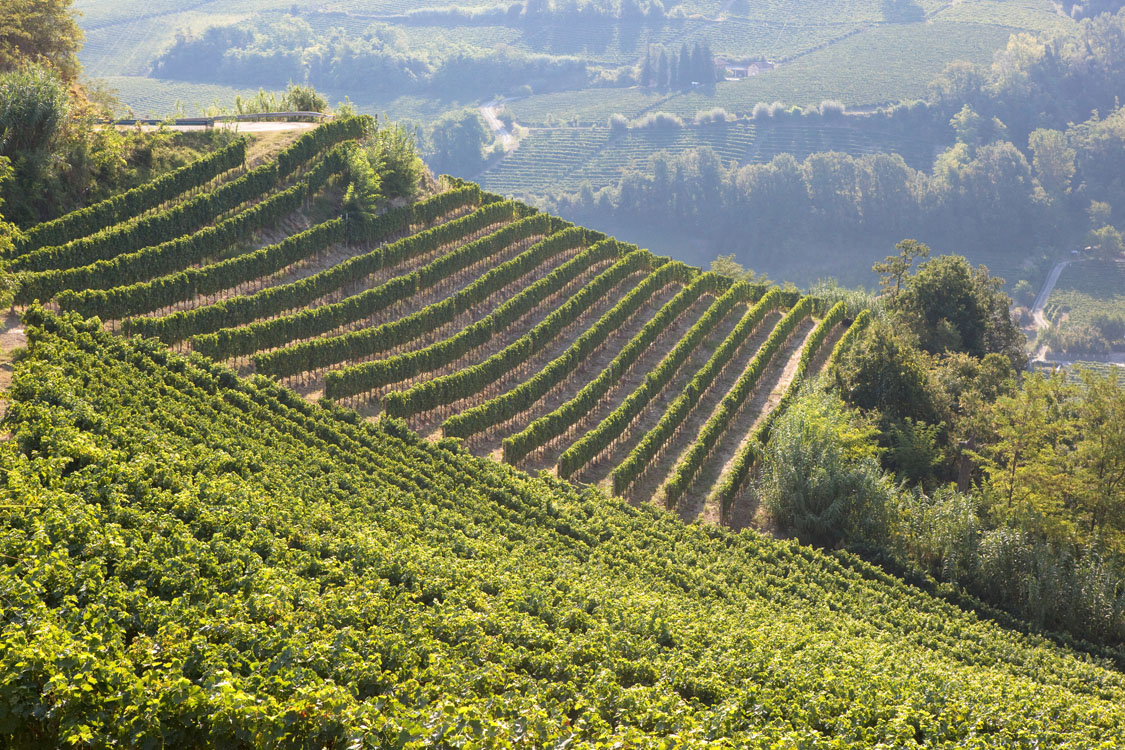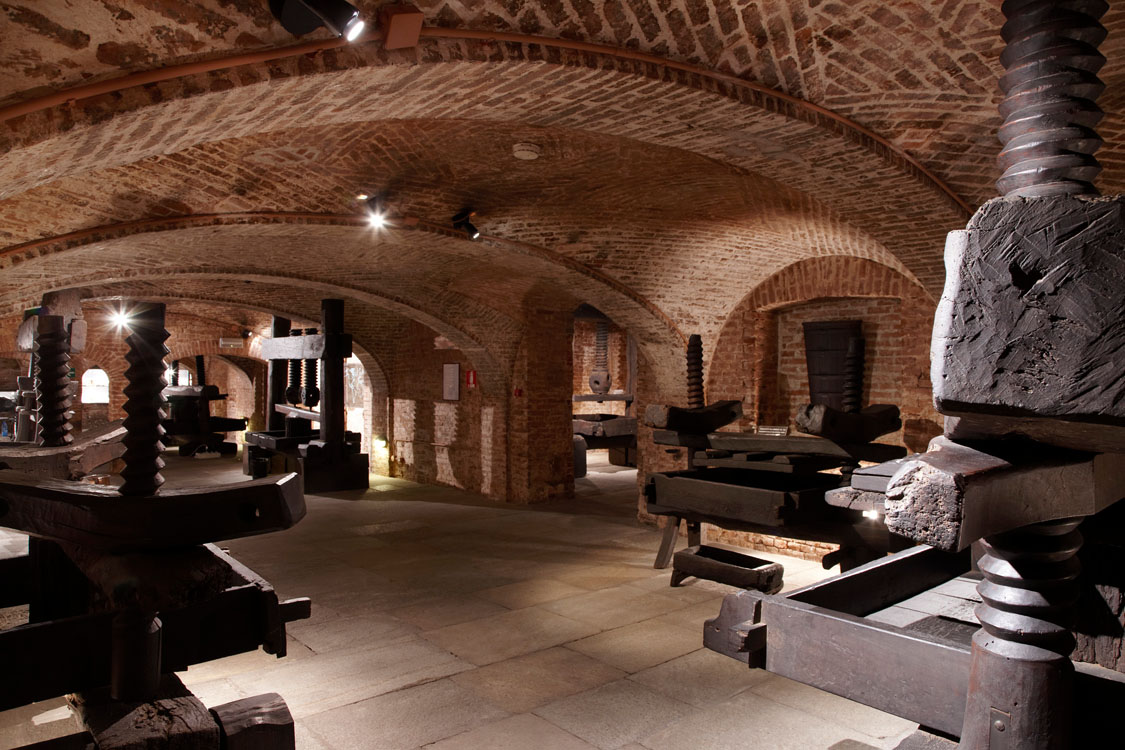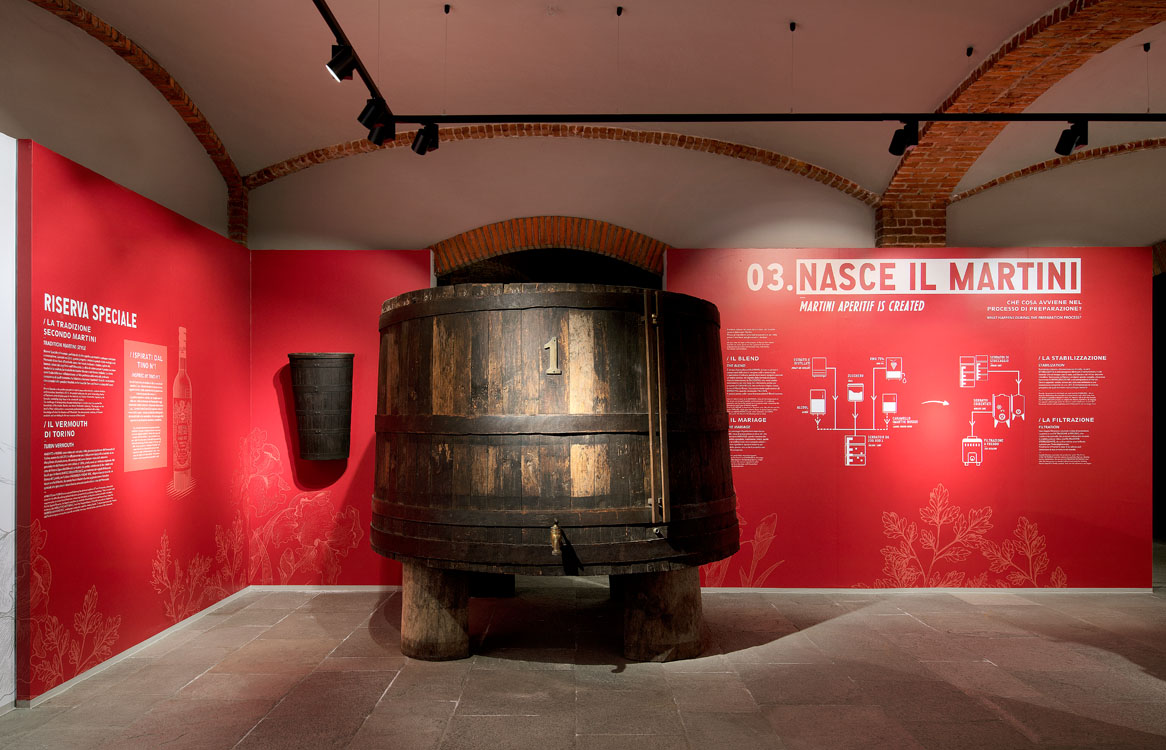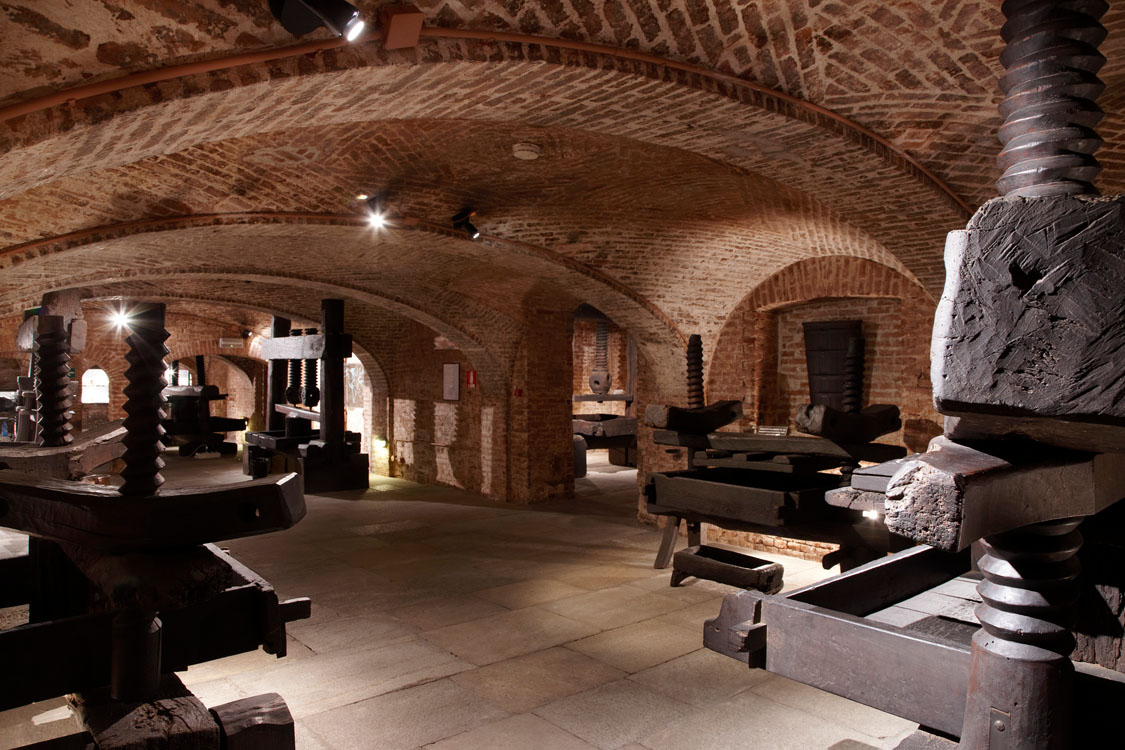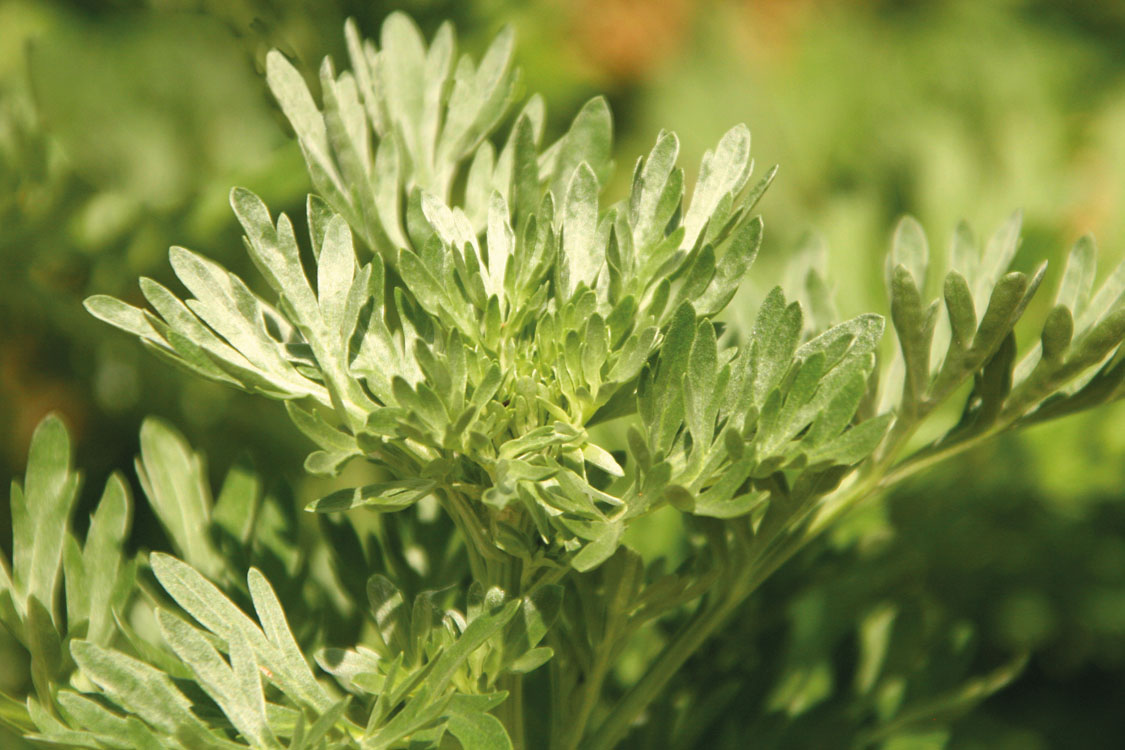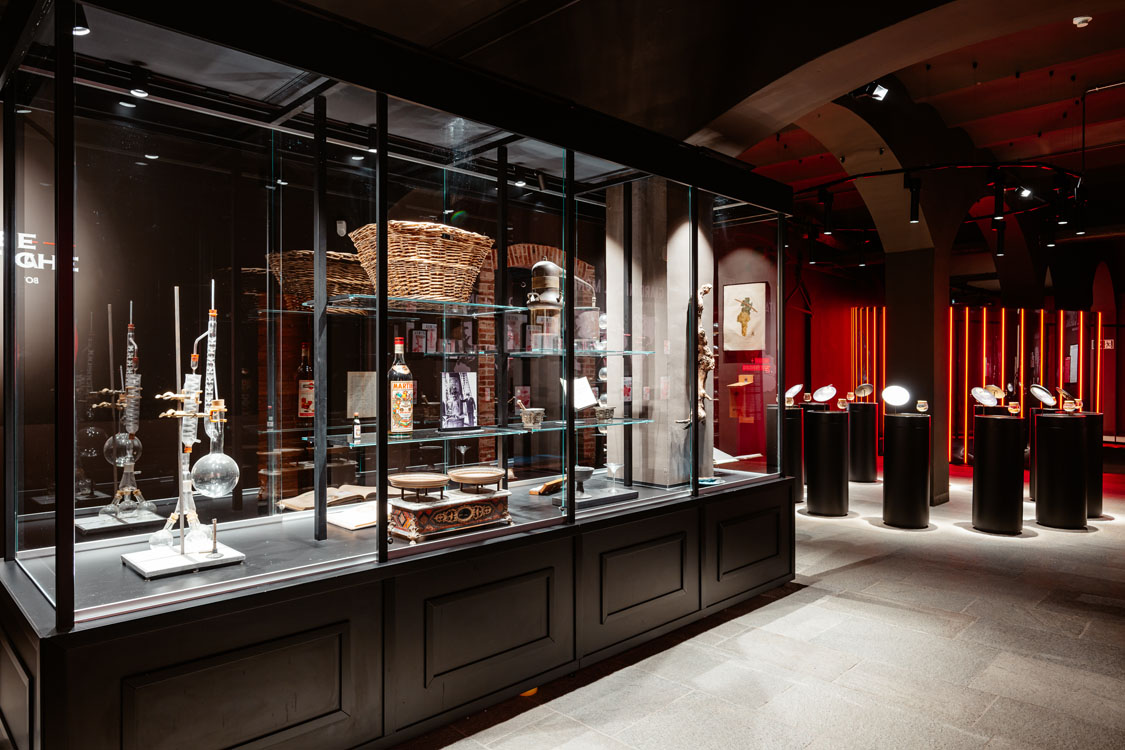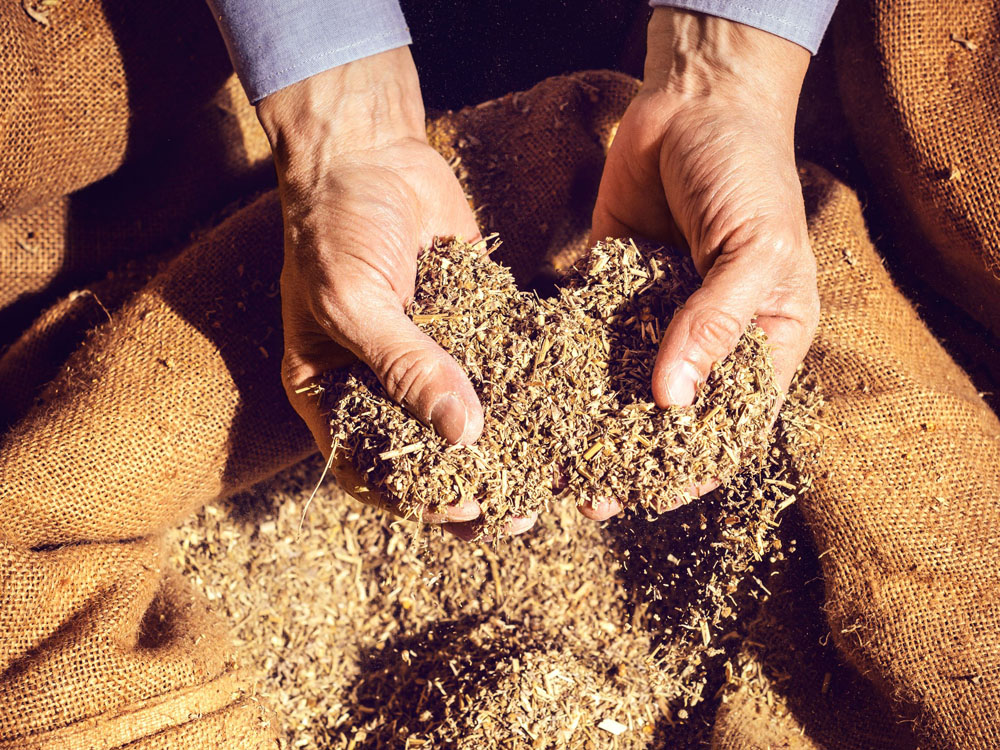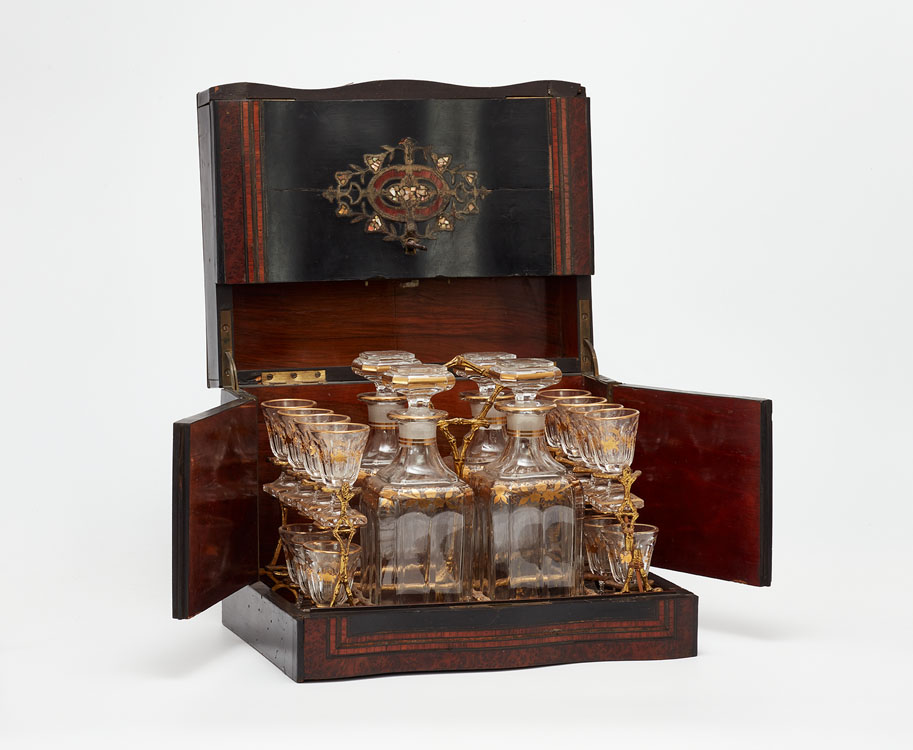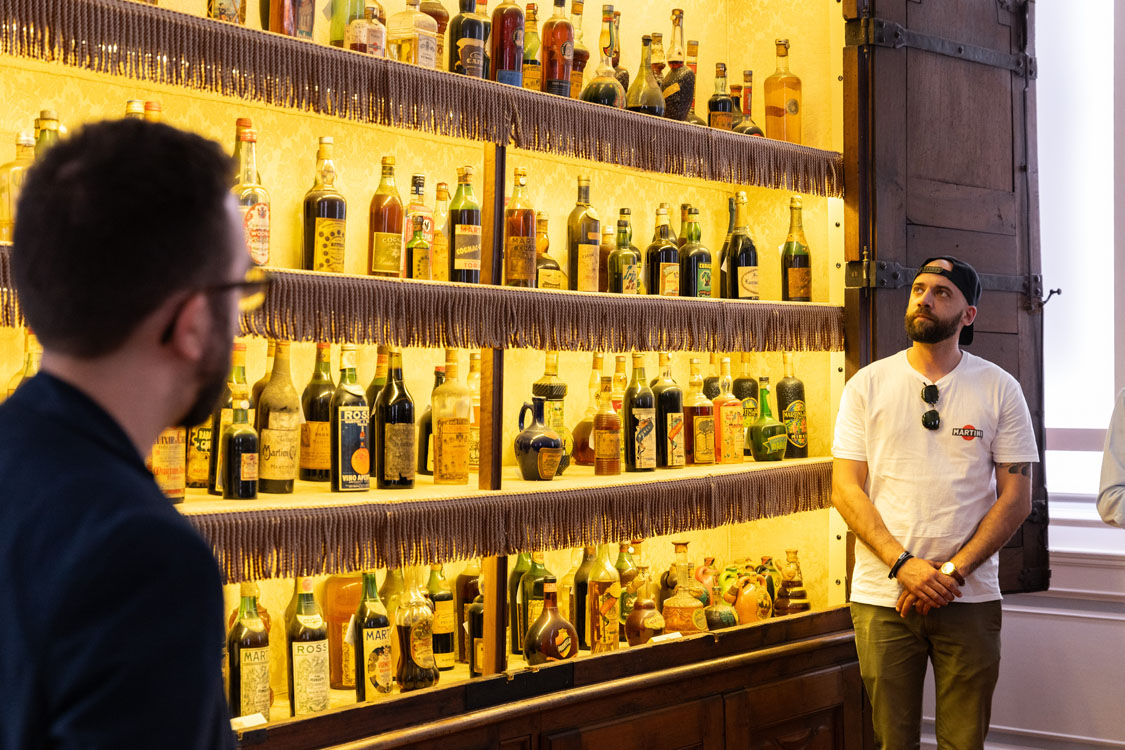History of Vermouth
Today EU regulation defines ‘vermouth’ (or ‘vermout’) as a product composed of at least 75% of wine, added with sugar, fortified and aromatized with distilled or infused botanicals, among which is mandatory to use species of the genus ‘Artemisia’. In fact, the name ‘vermouth’ has its roots in the German word ‘wermouth’, used to define the ‘Artemisia Absintium’, also known as ‘absinthe’.
A product with an apparently mysterious origin, deeply related to thousands of years of wine culture. Born in Turin at the end of the 18th century, today vermouth is, thanks also to MARTINI, synonymous with Italian ‘aperitivo’ all around the world.
Visit Casa Martini to discover everything about vermouth history and production.
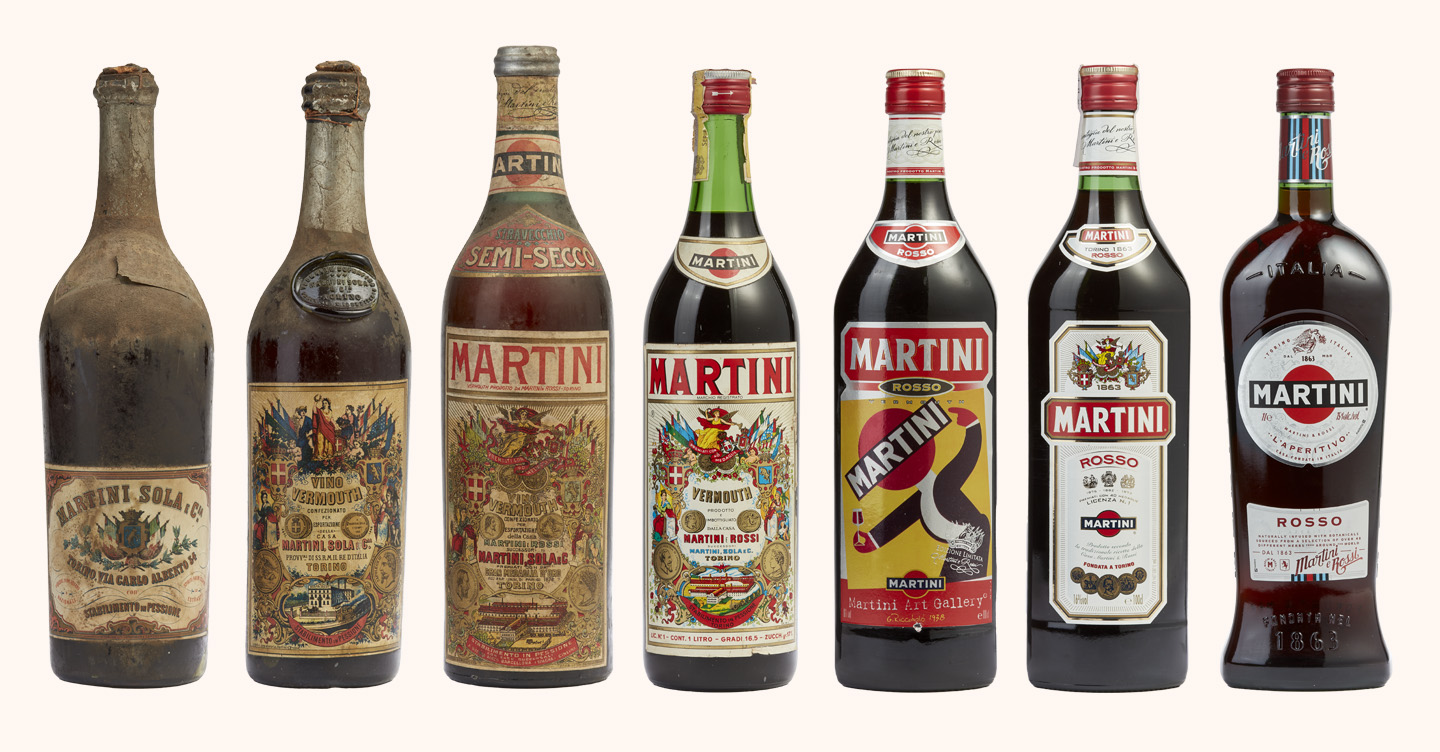
The winemaking tradition merges with the origins of humanity and is rooted in all cultures. During the ancient age, winemaking expanded throughout the Mediterranean, particularly in Phoenicia and Greece. From these people the ancient Romans learned the art of making wine and perfected it, improving production techniques and consumption methods.
Wine in ancient times was characterized by a bitter flavour, a high alcohol content and a dark colour: it was necessary to dilute it with water and mix it with herbs and resins to make it lighter and more pleasant on the palate. Wormwood and other bitter essences were added to the wine to stimulate the appetite; after that the liquid was filtered. Numerous scholars described how to make and flavor wine, but after the fall of the Roman Empire these winemaking techniques were mostly forgotten in the West. They survived in the East, where they were developed and improved.
As a result of its geographical position between East and West, it was in Italy that winemaking and flavoring techniques were rediscovered, starting from the 12th century.
Starting from the 15th century, the tradition of aromatising wines was spread through the publication of printed books on the subject.
In the following centuries, commercial and cultural exchanges favored the diffusion of aromatized wines in Europe. The common characteristic of these wines was that they contained artemisia absinthium among the ingredients: a Latin term that was translated into various languages, among which the German “wermouth” prevailed. Wine aromatized with artemisia (or “wermouth”) arrived in Turin in the second half of the 18th century due to the links between the Savoy and Austrian courts. It was an immediate success, so much so that Piedmontese winemakers began to produce their own versions.
The optimal conditions for the cultivation of raw materials – grapes and aromatic herbs – combined with knowledge in the oenological field contributed to making production flourish: thus, the “Vermouth of Turin” was born.
In the first half of the 19th century, vermouth production techniques were perfected, and this resulted in the start of industrial-scale manufacturing. Furthermore, in Turin there were numerous cafés, places of sociality and culture where the vermouth trend was raging and where the convivial moment par excellence was spreading: that of the “aperitivo (aperitif)”.
This context was the perfect environment for the birth of a new brand, MARTINI, founded in 1863 by three young entrepreneurs: Alessandro Martini, Teofilo Sola and Luigi Rossi
MARTINI PRODUCTS HAVE BEEN GLOBALLY RECOGNIZED FOR THEIR EXCELLENT QUALITY SINCE 1865, WHEN THE COMPANY OBTAINED ITS FIRST DIPLOMA.
TODAY MARTINI & ROSSI HAS BEEN AWARDED MORE THAN 500 MEDALS, INCLUDING OVER 150 GOLD ONES!

